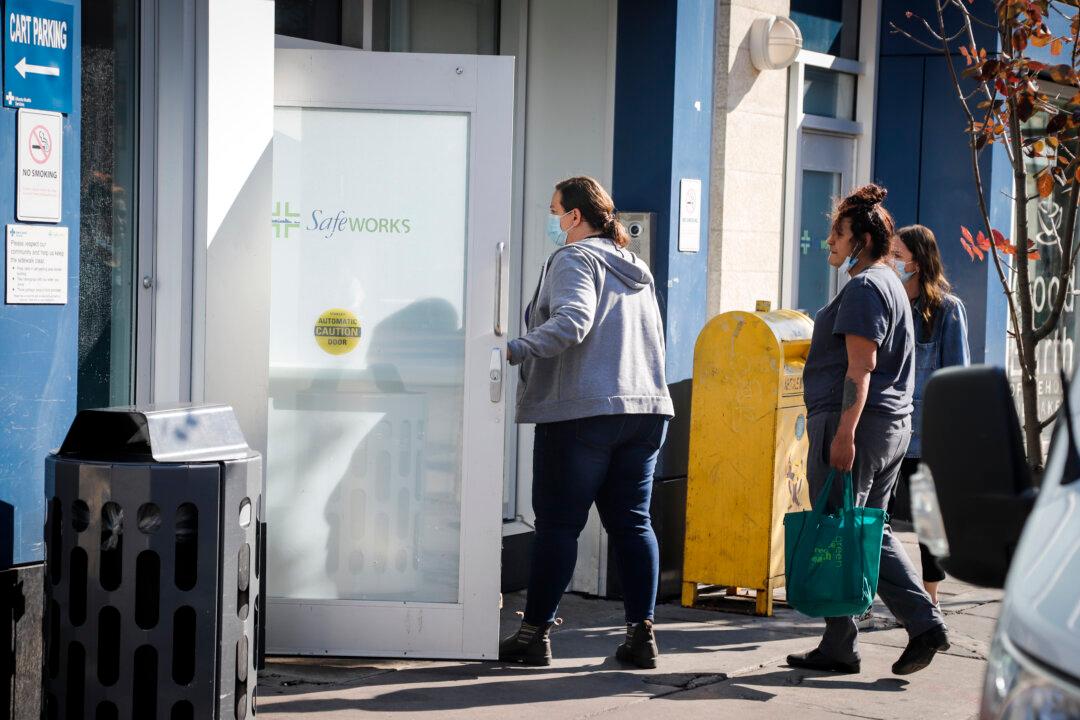Teens with extra money to spend are more likely to buy e-cigarettes, according to a recent study from the University of Waterloo.
Researchers looked at survey responses from 46,000 teens in 167 schools across the country and found that e-cigarettes appear to be “attracting new groups of adolescents who aren’t considered high-risk for traditional cigarette use,” said Dr. Kate Battista, a postdoctoral scholar in the School of Public Health Sciences at Waterloo.





